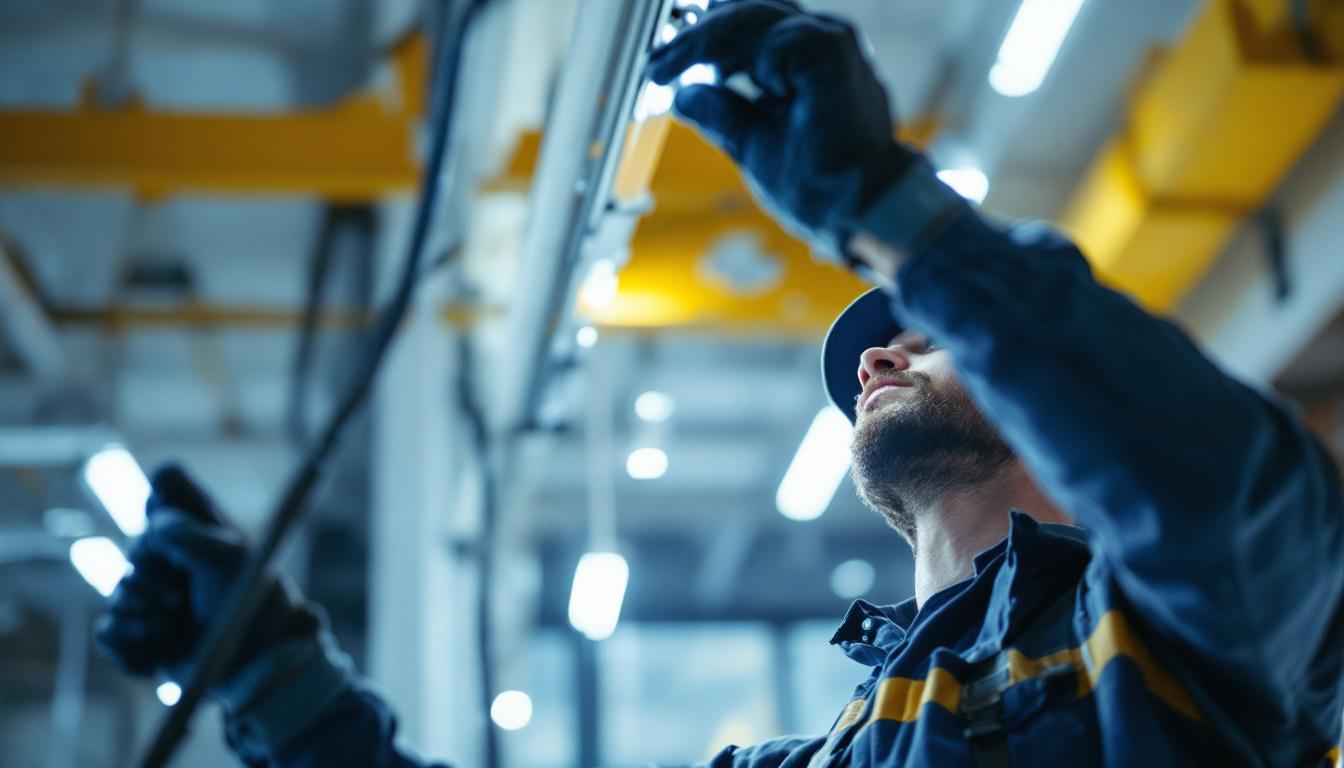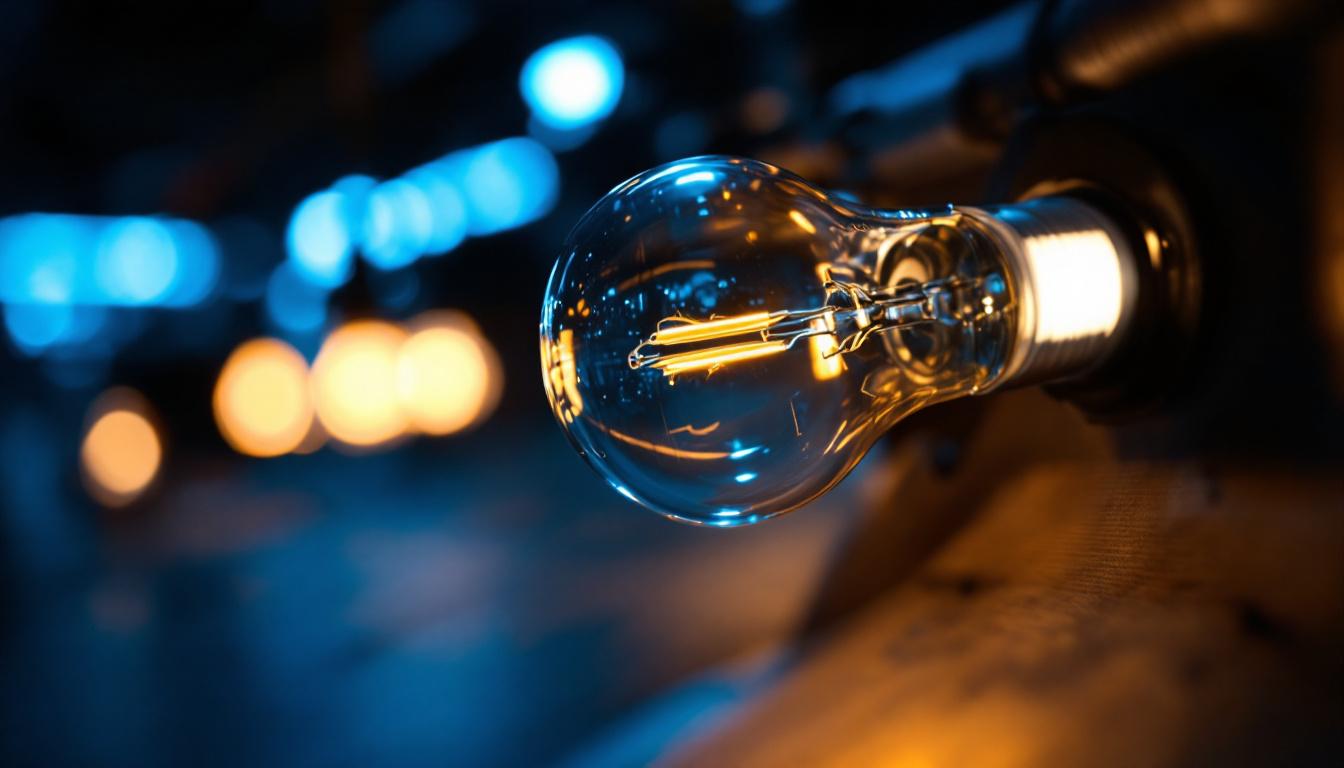
Lighting design has evolved significantly over the years, with track lighting emerging as a versatile and popular choice for both residential and commercial applications. For lighting contractors, understanding the intricacies of track light rail systems is essential to delivering exceptional results. This article explores the secrets to mastering track light rail, providing insights and tips that can elevate any project.
Before diving into the specifics of installation and design, it’s crucial to grasp the fundamentals of track light rail systems. These systems consist of a linear track that holds multiple light fixtures, allowing for flexibility in lighting design. The ability to reposition fixtures along the track offers unparalleled versatility, making it an ideal choice for various settings, from residential spaces to commercial environments. This adaptability not only enhances the aesthetic appeal but also ensures that the lighting can be tailored to meet the specific needs of the space, whether for highlighting artwork in a gallery or providing ambient lighting in a cozy living room.
Track light rail systems are composed of several key components. The track itself is usually made of metal and comes in various lengths. Fixtures, which can be spotlights, pendants, or floodlights, are attached to the track and can be moved or adjusted as needed. Additionally, power connectors and end caps are essential for completing the installation and ensuring proper functionality. The versatility of these components allows for a wide range of lighting effects, enabling designers to create dynamic environments that can change with the mood or purpose of the space.
Understanding these components is vital for contractors, as it allows for informed decisions when selecting and installing track lighting systems. Each component plays a role in the overall functionality and aesthetic appeal of the lighting design. Moreover, the choice of materials and finishes for the track and fixtures can significantly influence the visual impact of the installation, making it essential to consider both form and function in the design process.
There are several types of track lighting systems available, each with its unique characteristics. The three most common types include:
Choosing the right type of track lighting is essential for achieving the desired effect and ensuring compatibility with the selected fixtures. Additionally, considerations such as the wattage of the bulbs, the color temperature of the light, and the overall layout of the space play significant roles in the effectiveness of the lighting design. By carefully evaluating these factors, designers can create a harmonious lighting scheme that enhances both functionality and ambiance.
Designing a track lighting system involves more than simply selecting fixtures and installing them on a track. Several factors must be considered to create an effective and aesthetically pleasing lighting solution.
Before installation, lighting contractors should conduct a thorough assessment of the space. This includes evaluating the dimensions, layout, and intended use of the area. For instance, a gallery space may require adjustable spotlights to highlight artwork, while a retail environment may benefit from a combination of ambient and task lighting.
Understanding the specific needs of the space will guide the selection of fixtures and the configuration of the track system. This tailored approach ensures that the lighting not only enhances the aesthetics but also serves its functional purpose effectively. Moreover, it is essential to consider the existing architectural features, such as ceiling height and wall textures, as these elements can significantly influence how light interacts with the environment. For example, high ceilings may necessitate more powerful fixtures to ensure adequate illumination reaches the floor, while textured walls might require softer lighting to avoid harsh shadows that can detract from the overall design.
The choice of fixtures is a critical aspect of track lighting design. Contractors should consider the color temperature, beam angle, and lumen output of each fixture. For instance, warmer color temperatures create a cozy atmosphere, while cooler temperatures may be more suitable for contemporary spaces.
Additionally, the beam angle affects how light is distributed in the space. A narrow beam angle is ideal for highlighting specific features, while a wider beam angle is better for general illumination. Balancing these factors will result in a well-lit environment that meets the client’s needs. Furthermore, the style and finish of the fixtures should align with the overall design theme of the space. Sleek, modern fixtures may complement a minimalist interior, while vintage-inspired designs could enhance a more eclectic aesthetic. It is also worth considering the energy efficiency of the chosen fixtures; LED options not only provide longevity but also offer versatility in color temperature and brightness, making them a popular choice in contemporary lighting design.
Once the design has been finalized, the installation process begins. Proper installation is crucial for ensuring the longevity and effectiveness of the track lighting system. Here are some essential tips for lighting contractors.
Before starting the installation, it is vital to plan the layout carefully. Mark the locations where the track will be installed, ensuring that it aligns with the intended design. Consider the placement of fixtures to avoid overcrowding and ensure even light distribution.
Using a laser level can help achieve precise alignment, providing a professional finish. Additionally, take note of any obstacles such as ceiling fans or beams that may interfere with the installation.
Proper wiring is essential for the functionality of track lighting systems. Ensure that the power supply is adequate for the number of fixtures being installed. It is advisable to consult local electrical codes and regulations to ensure compliance and safety.
When connecting the track to the power supply, ensure that connections are secure and that the track is properly grounded. This will prevent flickering lights and potential electrical hazards.
Dust and dirt can accumulate on fixtures and tracks, diminishing the quality of light output. Regular cleaning is necessary to maintain the aesthetic appeal and functionality of the system. Use a soft cloth to wipe down fixtures and tracks, and avoid using harsh chemicals that could damage the finish.
Additionally, check for any signs of wear or damage, such as frayed wires or loose connections. Addressing these issues promptly will prevent more significant problems down the line.
Even with proper installation and maintenance, issues may arise. Common problems include flickering lights, uneven illumination, or fixtures not working at all. Troubleshooting these issues often involves checking connections, ensuring that bulbs are functioning, and verifying that the power supply is adequate.
If a fixture is not working, replacing the bulb is usually the first step. If the problem persists, inspecting the wiring and connections may be necessary. Understanding these common issues and their solutions can save time and enhance the contractor’s reputation for reliability.
The world of lighting design is constantly evolving, with new trends emerging that can influence track lighting systems. Staying abreast of these trends can help lighting contractors offer cutting-edge solutions to their clients.
One of the most significant trends in recent years is the integration of smart technology into lighting systems. Smart track lighting allows for remote control, dimming capabilities, and customizable settings through mobile apps or voice-activated devices.
Contractors should familiarize themselves with the various smart lighting options available, as this can provide clients with enhanced control over their lighting environment. Incorporating smart technology can also lead to energy savings and increased convenience.
As sustainability becomes a priority for many consumers, energy-efficient lighting solutions are in high demand. LED fixtures are a popular choice for track lighting systems due to their long lifespan and low energy consumption.
Contractors should advocate for energy-efficient options when designing track lighting systems, as this not only benefits the environment but also appeals to clients looking to reduce their energy bills. Offering a range of energy-efficient fixtures can set a contractor apart in a competitive market.
Mastering track light rail systems is an essential skill for lighting contractors. By understanding the components, design considerations, installation techniques, and maintenance practices, contractors can deliver exceptional lighting solutions that meet their clients’ needs.
Incorporating innovative trends such as smart technology and energy-efficient fixtures can further enhance the value of the services offered. As the lighting industry continues to evolve, staying informed and adaptable will ensure success in this dynamic field.
By applying the secrets outlined in this article, lighting contractors can elevate their expertise and reputation, ultimately leading to more successful projects and satisfied clients.
Ready to take your lighting projects to the next level? At LumenWholesale, we provide lighting contractors like you with the highest quality, spec-grade track light rail systems and more, all at unbeatable wholesale prices. Say goodbye to local distributor markups and hello to a vast selection of reliable, high-performance lighting that meets the most rigorous industry standards. With the added benefits of free shipping and bulk buying convenience, LumenWholesale is your go-to source for premium lighting solutions that blend quality, affordability, and ease. Elevate your expertise and your clients’ satisfaction today by exploring our collection at Wholesale Lighting at the Best Value.

Discover why vintage light bulbs are becoming a must-have for lighting contractors.

Discover essential information about Type B base light bulbs tailored for lighting contractors.

Discover how airport lighting projects are becoming a lucrative opportunity for lighting contractors seeking a competitive edge.

Discover essential insights into architectural gooseneck and barn lights with our comprehensive guide for lighting contractors.